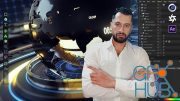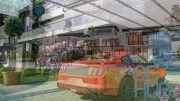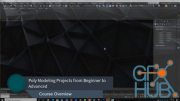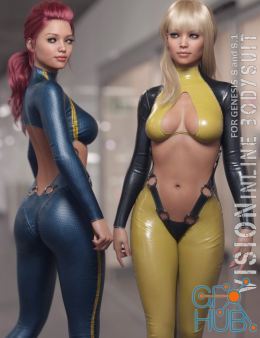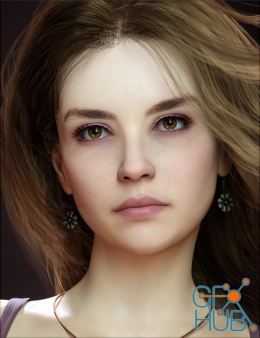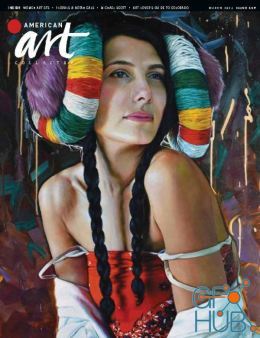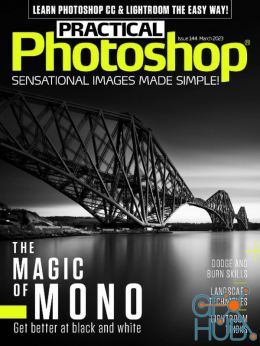Easy3dsMax – 3ds Max Basic Course (RUS)
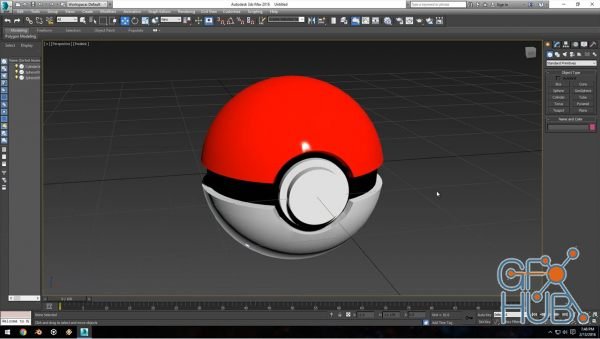
Easy3dsMax – 3ds Max Basic Course by Stanislav Gadelshin (RUS)
This course is aimed at teaching modeling, animation, rendering and creating special effects in Autodesk 3ds Max (3D Studio Max) . Particular attention is paid to the acquisition of practical skills in using tools, methods of animation, lighting, material preparation and rendering in Autodesk 3ds Max (3D Studio Max) . As a result of training the student learns the necessary knowledge to create models and animations on a professional level. All theoretical knowledge is supported by practical work. Training takes place according to our own original methodology. Students create a rather complex project and in practice solve most of the most common problems - from modeling and visualization of interior elements to animation of a simple character.
Day One - Introduction to 3ds Max (3D Studio Max), modeling (start).
Introduction to 3D graphics. Concepts and definitions - objects, subobjects, surfaces, payvot point, coordinate systems, etc.
Interface 3ds Max (3D Studio Max). Navigation in the projection windows.
Creation and manipulation of objects. Centers of transformation. Reproduction of objects. The concepts of Instance and Reference.
Modifiers. Stack of modifiers. Manipulations with the stack.
Setting units and accuracy. Elements of accurate modeling. Bindings.
Layers, their use.
Spline based modeling. Splines as a standalone modeling tool.
Extrude, Sweep, Loft, Boolean - terms of use.
Day Two - Modeling (continued)
Polygon modeling as the best way to create complex models. Rules, tricks and tricks.
Smoothing.
An integrated approach to modeling.
Optional - patches and NURBS.
Day Three - Lighting and Materials
The basics of rendering. Features of the implementation of rendering algorithms in Mental Ray.
Competent lighting as a guarantee of a successful result. The classic three-lamp design, daylight in the interior, daylight in the open.
Indirect lighting, its implementation in Mental Ray.
Day four and partially fifth. Materials and textures. Rendering
The concept of material. Material Arc + Design. Basic settings for creating plastics, glass, metals. Mixing materials.
Procedural cards. Features of application and settings.
Textures from external raster files as the main way to create realistic materials. Texturing, the concept of UV coordinates. UV Mapping and Unwrap UV Modifiers.
Composite materials and textures. HDRI cards.
Rendering settings. Antialiasing. Color mapping. Using modern formats for rendering.
Current trends in rendering. Using bitwise rendering, mask output. Use in Photoshop and After Effects. Rendering to texture, removing and using a normal map.
Day Five - Complex Modeling.
Techniques and techniques for correct modeling to create professional models with a good grid and scan.
Hair & Fur modifier.
Day One - Introduction to 3ds Max (3D Studio Max), modeling (start).
Introduction to 3D graphics. Concepts and definitions - objects, subobjects, surfaces, payvot point, coordinate systems, etc.
Interface 3ds Max (3D Studio Max). Navigation in the projection windows.
Creation and manipulation of objects. Centers of transformation. Reproduction of objects. The concepts of Instance and Reference.
Modifiers. Stack of modifiers. Manipulations with the stack.
Setting units and accuracy. Elements of accurate modeling. Bindings.
Layers, their use.
Spline based modeling. Splines as a standalone modeling tool.
Extrude, Sweep, Loft, Boolean - terms of use.
Day Two - Modeling (continued)
Polygon modeling as the best way to create complex models. Rules, tricks and tricks.
Smoothing.
An integrated approach to modeling.
Optional - patches and NURBS.
Day Three - Lighting and Materials
The basics of rendering. Features of the implementation of rendering algorithms in Mental Ray.
Competent lighting as a guarantee of a successful result. The classic three-lamp design, daylight in the interior, daylight in the open.
Indirect lighting, its implementation in Mental Ray.
Day four and partially fifth. Materials and textures. Rendering
The concept of material. Material Arc + Design. Basic settings for creating plastics, glass, metals. Mixing materials.
Procedural cards. Features of application and settings.
Textures from external raster files as the main way to create realistic materials. Texturing, the concept of UV coordinates. UV Mapping and Unwrap UV Modifiers.
Composite materials and textures. HDRI cards.
Rendering settings. Antialiasing. Color mapping. Using modern formats for rendering.
Current trends in rendering. Using bitwise rendering, mask output. Use in Photoshop and After Effects. Rendering to texture, removing and using a normal map.
Day Five - Complex Modeling.
Download links:
Easy3dsMax_-_3ds_Max_Basic_Course_RUS.part1.rar
Easy3dsMax_-_3ds_Max_Basic_Course_RUS.part2.rar
Easy3dsMax_-_3ds_Max_Basic_Course_RUS.part3.rar
Easy3dsMax_-_3ds_Max_Basic_Course_RUS.part4.rar
Easy3dsMax_-_3ds_Max_Basic_Course_RUS.part5.rar
Easy3dsMax_-_3ds_Max_Basic_Course_RUS.part6.rar
Easy3dsMax_-_3ds_Max_Basic_Course_RUS.part7.rar
Easy3dsMax_-_3ds_Max_Basic_Course_RUS.part8.rar
Easy3dsMax_-_3ds_Max_Basic_Course_RUS.part2.rar
Easy3dsMax_-_3ds_Max_Basic_Course_RUS.part3.rar
Easy3dsMax_-_3ds_Max_Basic_Course_RUS.part4.rar
Easy3dsMax_-_3ds_Max_Basic_Course_RUS.part5.rar
Easy3dsMax_-_3ds_Max_Basic_Course_RUS.part6.rar
Easy3dsMax_-_3ds_Max_Basic_Course_RUS.part7.rar
Easy3dsMax_-_3ds_Max_Basic_Course_RUS.part8.rar
Comments
Add comment
New Daz3D, Poser stuff
New Books, Magazines
 2020-06-10
2020-06-10

 1 324
1 324
 0
0




